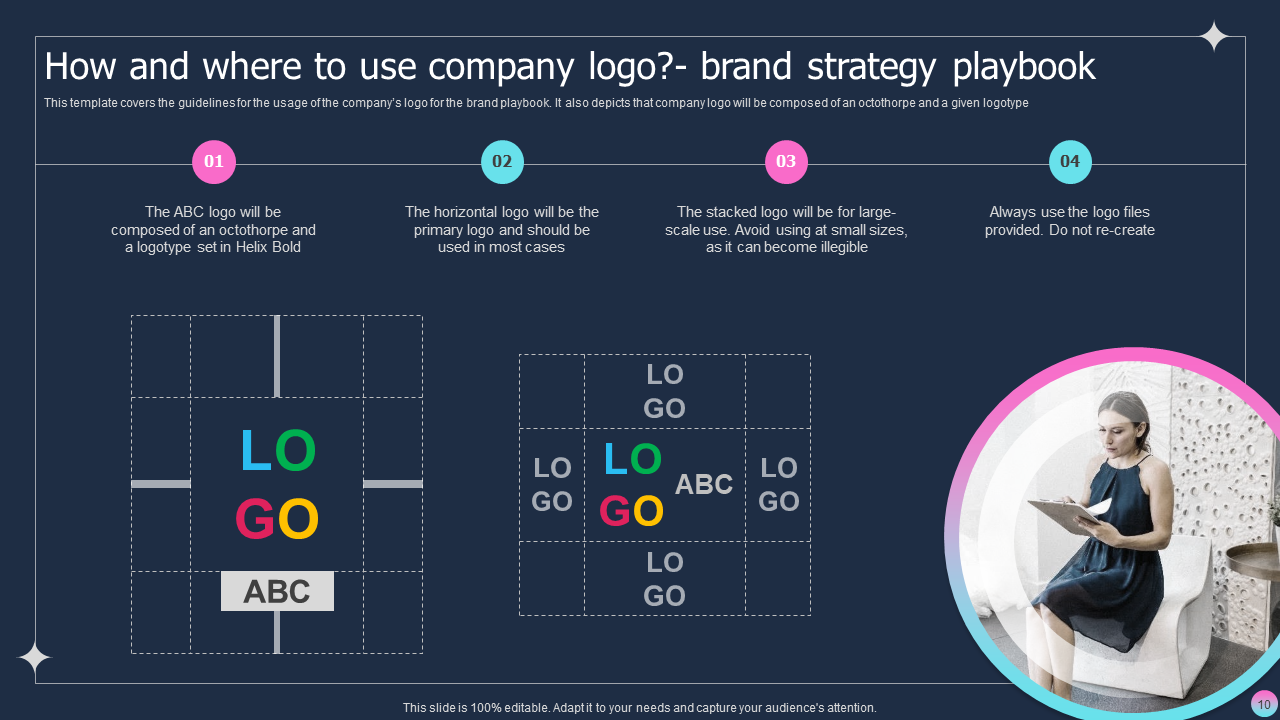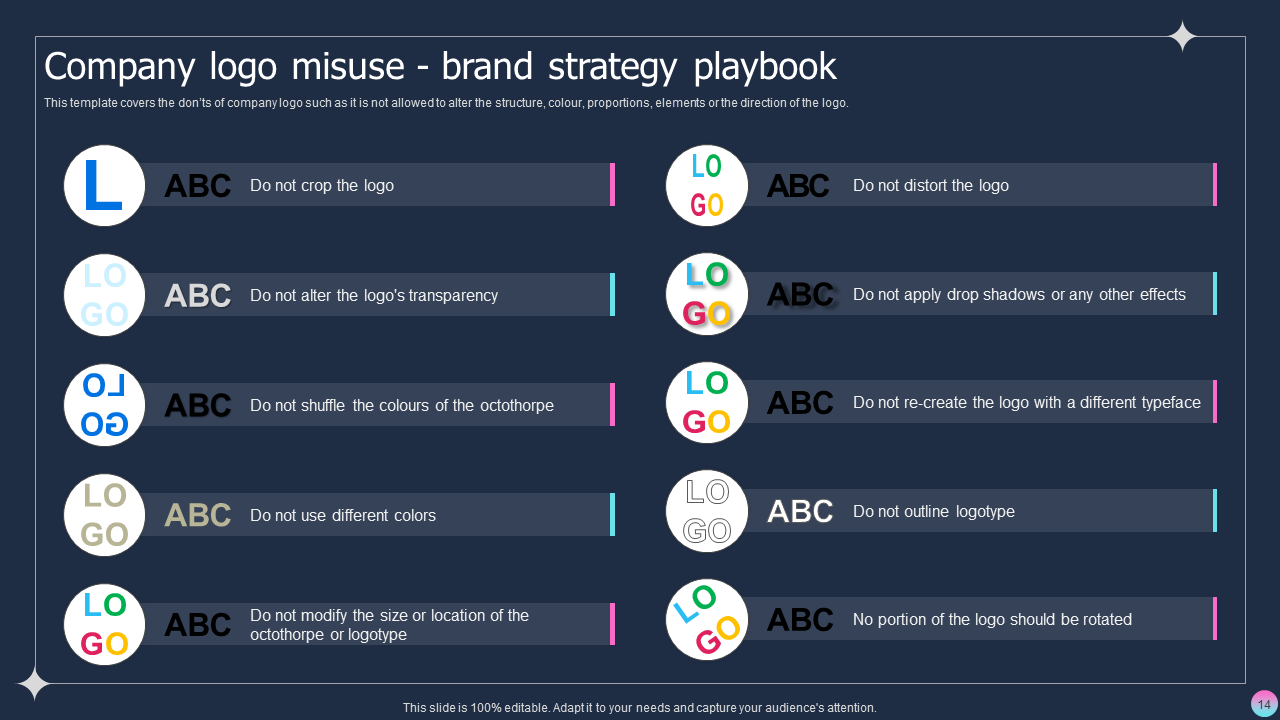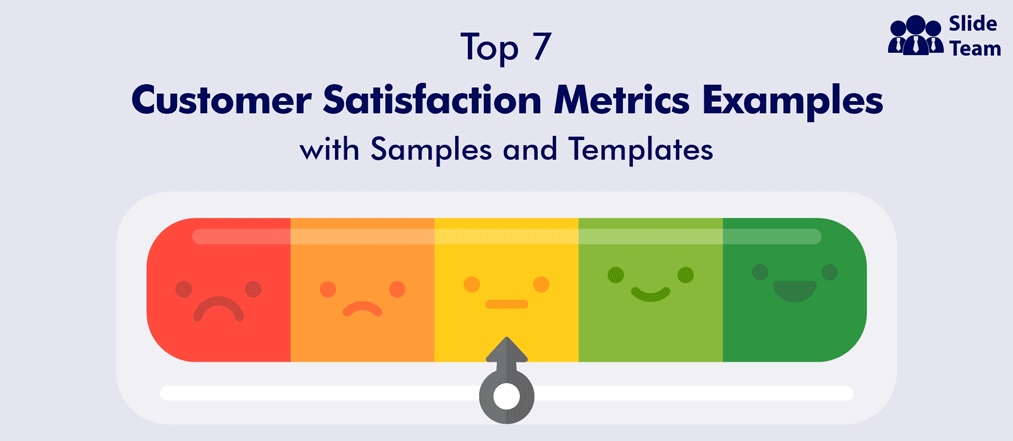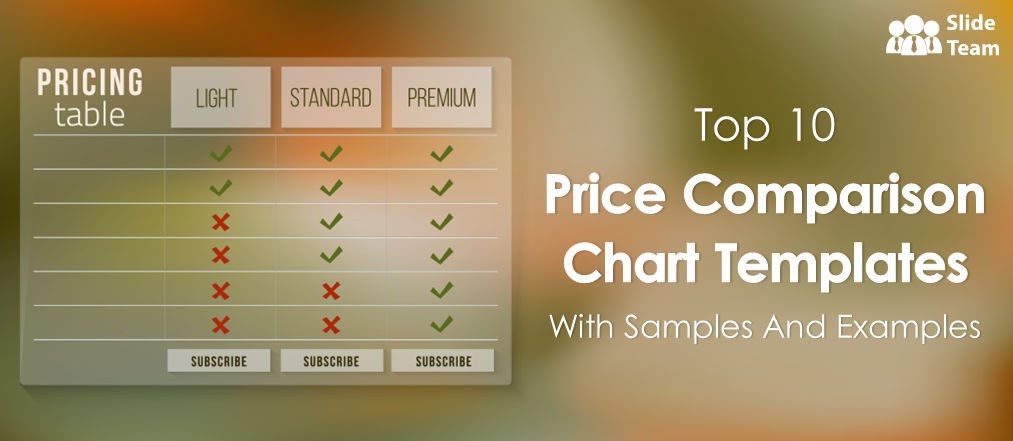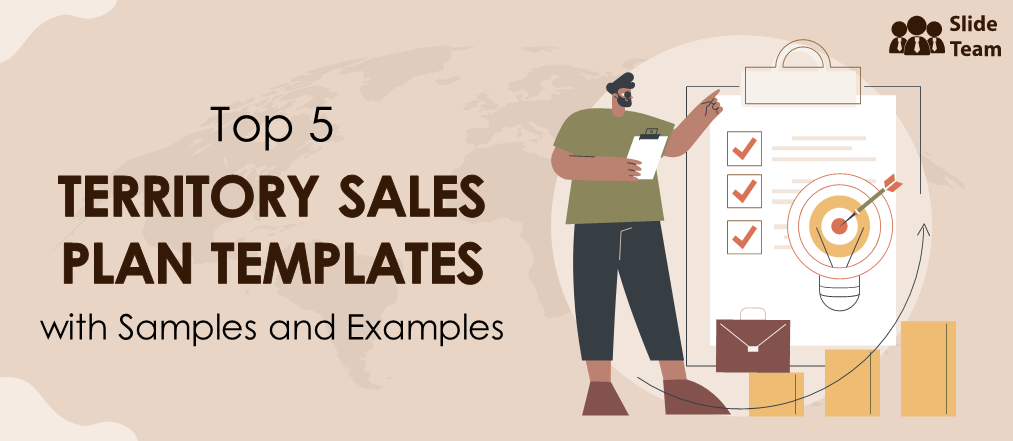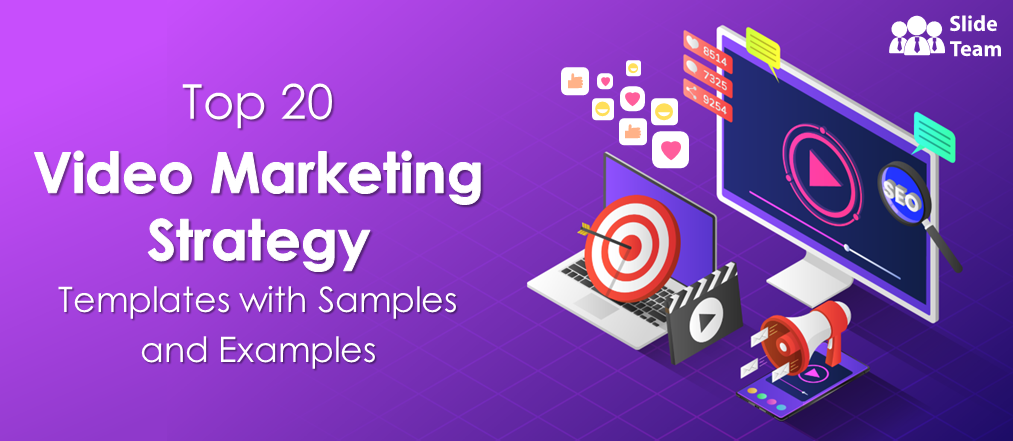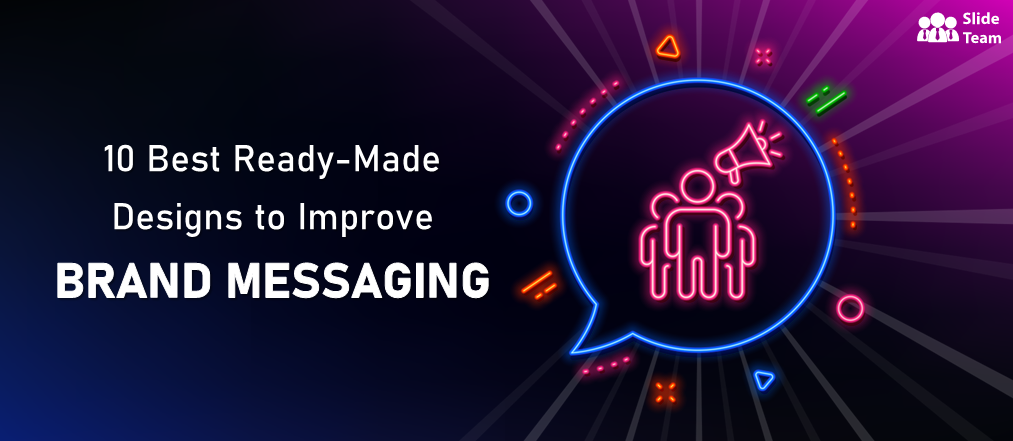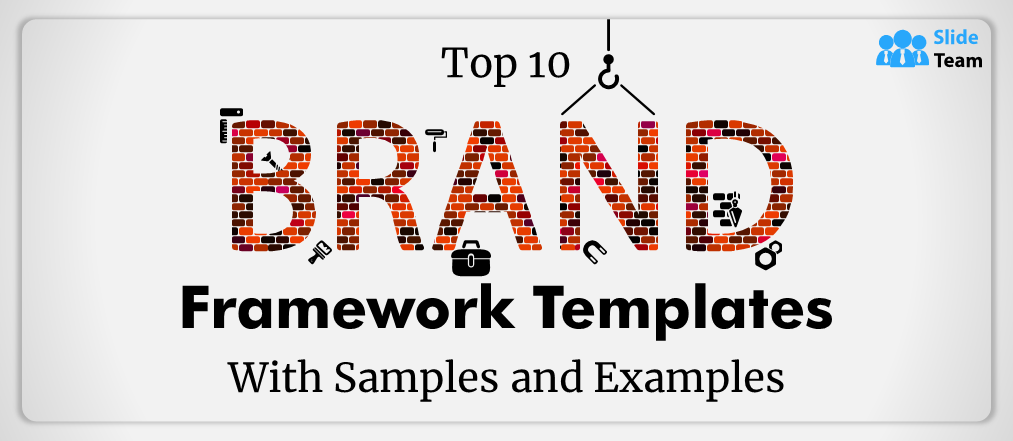When it comes to building a successful brand, being impulsive does not work. Great CEOs and leaders base their actions on well-chosen strategies. During these strategizations, everything from designing of the physical appearance of a brand to predicting how the audience perceives it is considered. Sometimes brands have a cause to espouse, other times it’s their legacy that brings their fame. Based on their historical significance, brands can decide on their unique mission and vision. Other times, transparency, quality promises, and integrity works. In all of this, the end objective of the brands remain: To be Remembered, taken Seriously, and considered a Priority.
Since planning is essential, it’s only safe to say that only a viable brand strategy is the harbinger of success. Next, your business will be on the lookout for a brand strategy playbook to create that ideal brand framework. To save you the trouble of building one from scratch, allow us to present our best-in-class brand strategy playbook templates.
In the section below, you will find a collection of 10 expert-designed PPT Templates that must be necessarily included in a brand strategy playbook. Download these templates individually or grab the mother presentation here.
Each of the templates is 100% customizable and editable.
Brand Strategy Playbook Templates
Template 1: Table of Contents for Your Brand Strategy Playbook
This PPT Slide offers a content-ready framework to showcase the table of contents for your brand strategy playbook. As shown in this PPT Layout, it has two sections addressing the brand’s physical appearance and the purpose. Use their subsections to discuss brand aspects such as logo, color schematic, along with vision and mission statements. Download now!
Template 2: Template to Define Your Brand
Address the core purpose of your brand with this important PPT Design. Download this PPT Layout to discuss brand mission, vision, and objectives. Give a dramatic appeal to your brand’s crucial values in a simple yet effective way. Click on the link below to download this important slide for your brand strategy playbook.
Template 3: Template to Highlight the Voice and Tone of the Brand
The voice, tone, and personality of your brand are crucial aspects that must be defined while framing your brand strategy. With this PPT Layout, you can discuss these band centric aspects on a single slide. Point out the attributes that make up each category as depicted to maximize brand equity. Use this content-ready framework to create an influential brand strategy. Get it now.
Template 4: Template to Evaluate Brand Value
Delve into the depths of values that your brand offers with this PPT Design. Discuss principles that your brand values. Use a combination of channels, offerings, and tactics to bring this value to your customers. Download this layout to create a visually appealing sketch of how you can do it. Get it now.
Template 5: Template on How and Where to Use Company Logo
Discuss how you can maximize the impression of your brand logo with this PPT Design. Plan the usage of your company logo in terms of how and where to use it with this infographic PPT Slide. Test variations of your brand logo with respect to color scheme, sizing, and orientation, etc with this PowerPoint Template. Go to the link below and grab this important playbook template now!
Template 6: Template to Decide the Company Logo Colors
There are about 16,777,216 color variations that you can explore to decide your deal brand color. Discuss the final choice of colors for your company logo with this PPT Slide while identifying each color by its unique CYMK , RGB, and HEX codes. Define the general ruling for colors to be used for brand symbols, signs, and icons. Use this important aspect of the brand strategy playbook for teams to refer to. Download now.
Template 7: Template to Lay the Guidelines for Logo Misuse
Discuss acceptable levels of variation in brand logo so as to differentiate it from its misuse with this PPT Design. Lay the guidelines for teams to stick to while using the company logo. Define constraints in transparency, color variation, size, and orientation that are allowed and prohibited clearly with this PPT Layout. Get it now!
Template 8: Template to Define the Company Icon Usage Guidelines
Gather primary icons that the brand will use on this PPT Slide and define their usage guidelines. Categorize icons into those used for communication, roles, events, products, and miscellaneous so that teams stick to them. State rulings or other aspects like colors, sizing, etc, for these icons on this slide. Download this important guide of a template now.
Template 9: Template to Create an Imagery Selection Checklist
This template in our brand strategy playbook will offer you a content-ready framework to plan and decide on the imagery to be used in business channels. Whether it is for your website, logo, or PR purposes, define the guidelines for images and designs. Discuss colors, resolution and sources to be used in generating brand awareness and advertising. Address all these queries with this editable PPT Template. Download now!
Template 10: Template to Summarize General Instructions for Brand Strategy Playbook
A satisfactory end to your brand strategy playbook should be with the summary of general instructions. With this content-ready slide, you can accomplish the same by jotting down general instructions related to tools and techniques in implementing brand strategies. Record important guidelines with this infographic rich PPT Layout. Get it now!
BE REMEMBERED
Pivot your brand strategy playbook formation with our expert templates so that your business gains reputation and is remembered by your clients.
PS: Brand messaging plays an important part in creating brand awareness and with this guide featuring editable PPT Templates you will be able to communicate ideally and effectively with your audience.
FAQs on Brand Strategy Playbook
What is a brand strategy playbook?
A brand strategy playbook is a comprehensive document or guide that outlines the strategic approach and guidelines for managing and developing a brand. It serves as a reference tool for the organization, providing a clear framework for brand positioning, messaging, and visual identity. The playbook helps ensure consistency and coherence in brand communication across channels and touch-points.
Here are some key components typically included in a brand strategy playbook:
- Brand Purpose and Values: The playbook defines the brand's purpose, mission, and core values, outlining the fundamental reason for its existence and the principles that guide its actions.
- Target Audience: It identifies the specific audience or market segments the brand aims to reach and provides insights into their demographics, psychographics, behaviors, and needs.
- Brand Positioning: The playbook outlines the unique value proposition and positioning of the brand in the marketplace. It defines how the brand differentiates itself from competitors and highlights its key strengths and benefits.
- Messaging Architecture: This section defines the brand's key messages and brand voice. It provides guidelines on the tone, language, and style of communication to ensure consistency in brand messaging across channels.
- Visual Identity: The playbook includes guidelines for the brand's visual identity, including the logo, color palette, typography, imagery, and design principles. It ensures visual consistency and coherence across brand assets and collateral.
- Brand Guidelines: This section provides guidelines on how to use brand assets and visual elements. It covers rules for logo usage, typography, color usage, and examples of Dos and Don’ts to maintain brand integrity.
- Brand Activation and Implementation: The playbook outlines strategies and tactics for activating the brand across marketing channels, such as advertising, social media, website, packaging, and other touch points. It may include campaign ideas, brand partnerships, and guidelines for brand experiences.
- Measurement and Evaluation: This section defines metrics and methods for measuring the effectiveness and impact of the brand strategy. It outlines KPIs to track and evaluate the success of brand initiatives.
The brand strategy playbook serves as a reference tool for stakeholders involved in brand management, including marketing teams, designers, copywriters, and external agencies. It ensures a consistent brand experience and helps align brand-related activities with overall strategic objectives.
What are the four components of brand strategy?
The four components of brand strategy are:
- Brand Positioning: Brand positioning refers to the unique space a brand occupies in the minds of its target audience relative to its competitors. It involves identifying and communicating the brand's unique value proposition and key differentiators. Brand positioning should align with the target audience's needs, preferences, and aspirations, while also considering the competitive landscape.
- Brand Identity: Brand identity encompasses visual and verbal elements that represent the brand, creating a distinct and recognizable image. It includes the brand's name, logo, tagline, color palette, typography, and visual style. A strong brand identity helps establish brand recognition, fosters emotional connections with consumers, and communicates the brand's personality and values.
- Brand Communication: Brand communication involves the messaging and channels used to convey the brand's story, benefits, and values to the target audience. It includes advertising, public relations, social media, content marketing, and other communication channels. Effective brand communication ensures consistent messaging, resonates with the target audience, and reinforces the brand's positioning and identity.
- Brand Experience: Brand experience refers to the l perception and impression customers have when interacting with the brand across touch points. It includes both physical and digital experiences, such as visiting a store, using a product or service, browsing a website, or engaging with customer support. A positive and memorable brand experience contributes to customer loyalty, advocacy, and differentiation from competitors.
What is a brand strategy framework?
A brand strategy framework provides a systematic way to analyze, define, and execute brand-related decisions, ensuring consistency and alignment with the brand's objectives.
Here are some common components that are often included in a brand strategy framework
- Brand Audit and Analysis: This involves conducting a thorough assessment of the brand's current state, including its market position, competitive landscape, target audience, brand assets, and performance. It helps identify strengths, weaknesses, opportunities, and threats, providing a foundation for strategy development.
- Brand Vision and Purpose: Defining the brand's vision and purpose is crucial in establishing a clear direction for brand strategy. It involves articulating long-term goals, aspirations, and the fundamental reason for the brand's existence.
- Target Audience Segmentation: Understanding the target audience is essential for effective brand strategy. This step involves segmenting the audience based on demographics, psychographics, behaviors, and needs. It helps tailor brand positioning and communication to specific customer segments.
- Brand Positioning: Brand positioning determines how the brand wants to be perceived in the minds of its target audience relative to competitors. It involves identifying the brand's unique value proposition, key differentiators, and defining the desired positioning statement that effectively communicates the brand's value to the target audience.
- Brand Messaging: Developing a consistent and compelling brand message is crucial for effective communication. It involves crafting key messages that align with the brand positioning, target audience, and brand personality. These messages should be clear, concise, and resonate with the audience's needs and aspirations.
- Brand Identity Development: It includes designing the brand logo, selecting colors, typography, and developing the overall visual style that reflects the brand's personality, positioning, and values.
- Brand Implementation and Activation: Once the brand strategy is defined, it needs to be implemented across touch points and channels. This includes executing marketing campaigns, designing brand collateral, creating content, and ensuring consistent brand messaging and visual identity.
- Brand Monitoring and Evaluation: Monitoring and evaluating the brand's performance is essential to measure the effectiveness of the brand strategy. This involves tracking brand metrics, customer feedback, market trends, and conducting regular brand audits to assess the brand's impact and identify areas for improvement.
How do you build a brand strategy?
Building a brand strategy involves a systematic process that aligns the brand's objectives with its target audience and market positioning. Here are the key steps to build a brand strategy:
- Define Your Brand's Purpose and Objectives: Start by clarifying the purpose of your brand and its objectives. Consider questions such as why your brand exists, what value it brings to customers, and what you aim to achieve in the long term.
- Conduct Market Research: Gain insights into your target audience, market trends, and competitors. Understand the needs, preferences, and behaviors of your target audience. Analyze your competitors to identify gaps and opportunities for differentiation.
- Determine Your Brand Positioning: Based on the market research, identify a unique and compelling positioning for your brand. Determine how you want your brand to be perceived relative to your competitors. e.
- Develop Your Brand Identity: Create a visual and verbal identity that aligns with your brand positioning. Design a logo, select colors, typography, and define the overall visual style that represents your brand. Develop a brand voice and tone that reflects your brand's personality and resonates with your target audience.
- Craft Your Brand Messaging: Develop key messages that effectively communicate your brand's value proposition, benefits, and positioning. Define the core messaging pillars that represent your brand and resonate with your target audience's needs and aspirations. Ensure consistency and clarity in your messaging across all communication channels.
- Plan Your Brand Activation: Determine how you will activate and promote your brand across various channels and touch points. Develop marketing strategies and tactics that align with your brand positioning and target audience. Consider advertising, content marketing, social media, public relations, events, and other relevant channels to reach and engage your target audience.
- Implement and Monitor Your Brand Strategy: Execute your brand strategy across all brand touch points and channels consistently. Monitor and measure the effectiveness of your brand strategy by tracking relevant metrics and KPIs.
- Maintain Consistency and Adaptability: Continuously evolve and refine your brand strategy to stay relevant and meet the evolving needs of your target audience.
Building a brand strategy is an iterative process that requires ongoing evaluation, refinement, and adaptation.


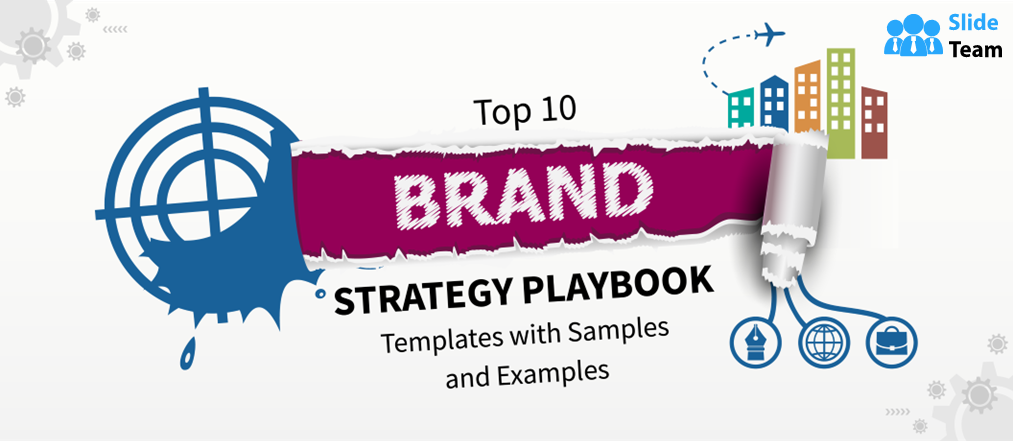


 Customer Reviews
Customer Reviews





